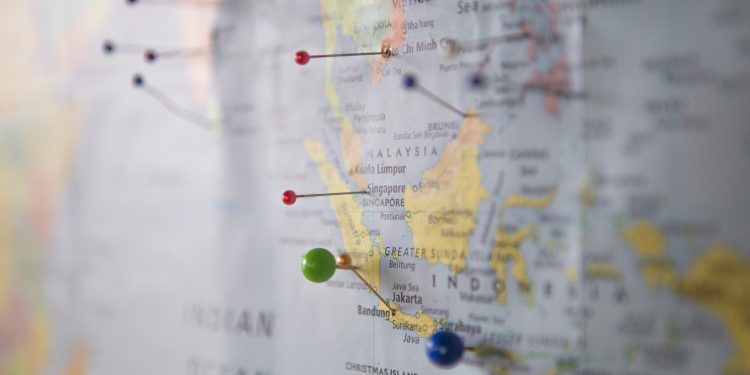
We’re all familiar with the basic customer “funnel” and the need to move customers from awareness to consideration to purchase. While you’re likely using marketing tactics to address each basic stage in the journey, if you’re like many other businesses, you may struggle to make everything work together.
But even though you may have one department or agency running, say, your social media and another managing your email campaigns, the customer doesn’t see it this way. To them, it’s a single brand experience. Consistency is key, as is carefully considering how to best use each channel and touchpoint to nudge potential customers along.
That’s where it’s helpful to map out the entire customer journey, from the moment they hear about your brand or product to when they hit the “buy button” and beyond.
Learn how to define and document your customer journeys with customer journey mapping:
Why should your business create a customer journey map?
Creating a customer journey map is one of the most important steps you can take if you’re looking to improve customer experience. It starts with understanding who your customers are, what they value, and how they behave. What are the factors that move them from awareness to purchase?
Journey maps can be anything from infographics and illustrations to diagrams. By combining storytelling and visuals, you can learn meaningful information about your target audience such as how they interact with your products and why some of them bounce from your website.
With a deeper understanding of your target customer, you can stop using overly broad (and often expensive) marketing tactics and focus your effort where it matters when it comes to building out your content marketing strategy and optimizing content to attract and convert new customers.
How to make your customer journey map in 3 steps
1. Identify your business goals for creating a map

Decide which goals you’re hoping to achieve before beginning your customer journey map. Maybe you want a journey map to help you distinguish the differences between several buyer personas. Or you might want to understand one high-value persona better.
Here are a few more questions to address before getting started:
- Who is the customer you’re creating a journey map for?
- What experience or campaign are you going to base the map on?
- After the map is made, what will you do it with it? Will it be shared across teams or used in one specific department?
2. Gather customer research and build buyer personas

Gather as much information about your customers as possible through questionnaires, user testing, interviews, social media monitoring, and website analytics.
Learn about how your customers came to hear about your company, what they liked about your website the first time they saw it, and why they decided to purchase from you. Ask if they found it easy to navigate your website and if they had a good experience with your customer support.
After you’ve finished researching your customers, you can build buyer personas. Buyer personas are characters who represent your target customers. Give them names, ages, careers, and detail their passions and pain points. We suggest using HubSpot’s free tool for creating buyer personas called Make My Persona.
3. Record your customers’ touchpoints

Now that you have your buyer personas, think about how to best move each of them through each phase of the customer journey.
First, compile a list of all of the actions your buyer personas perform as they relate to your brand and products. Record your customers’ touchpoints (the times customers are in contact with your business – before, during, or after purchasing a product). Look for touchpoints on your website, social channels, paid ads, and email marketing.
Every touchpoint that exists between your business and your customer is important. Think about how a rude waiter at a restaurant can ruin someone’s entire dining experience even if the food was incredible. The more touchpoints you gather, the better you can understand your customers and answer their questions.
Now that you’ve collected data about your customers and made your customer journey map, you can look at what your business can do to improve customer experience. Focus on tweaking your touchpoints to push users further down the pipeline and turn them into customers. Remember, every touchpoint you change should bring you closer to the goal you established in step one.
Would you like a customer journey map for your business but don’t have the time or manpower to make it happen? At Content Clarity, we work with agencies and businesses of all sizes to create customer journey maps and performance-minded content plans. If you’d like to learn more, reach out to us today.
